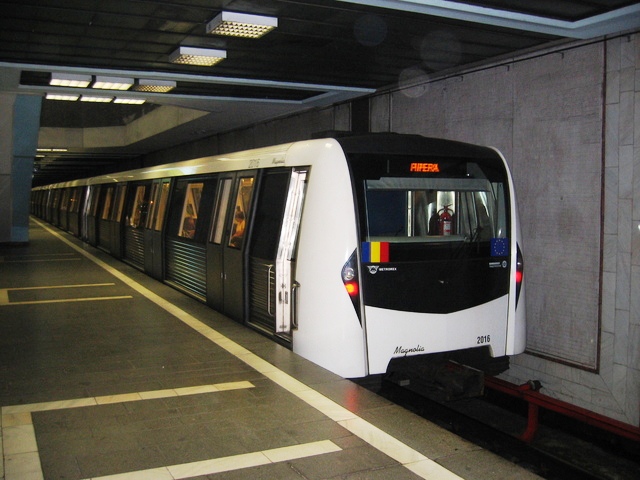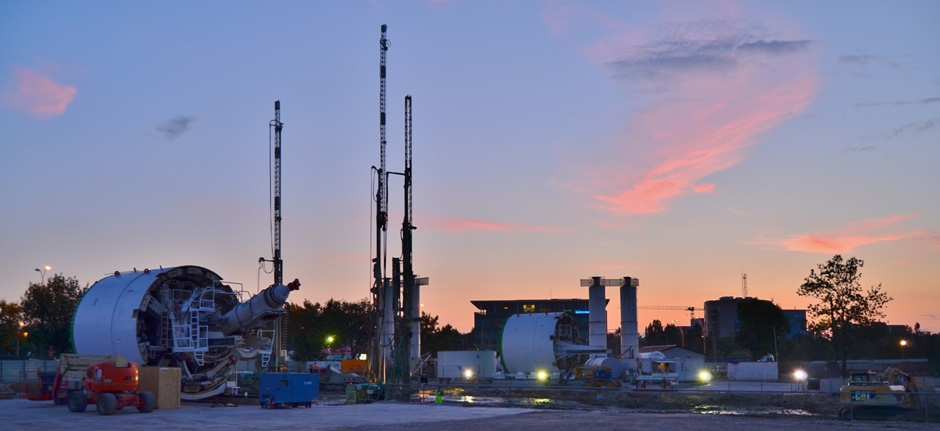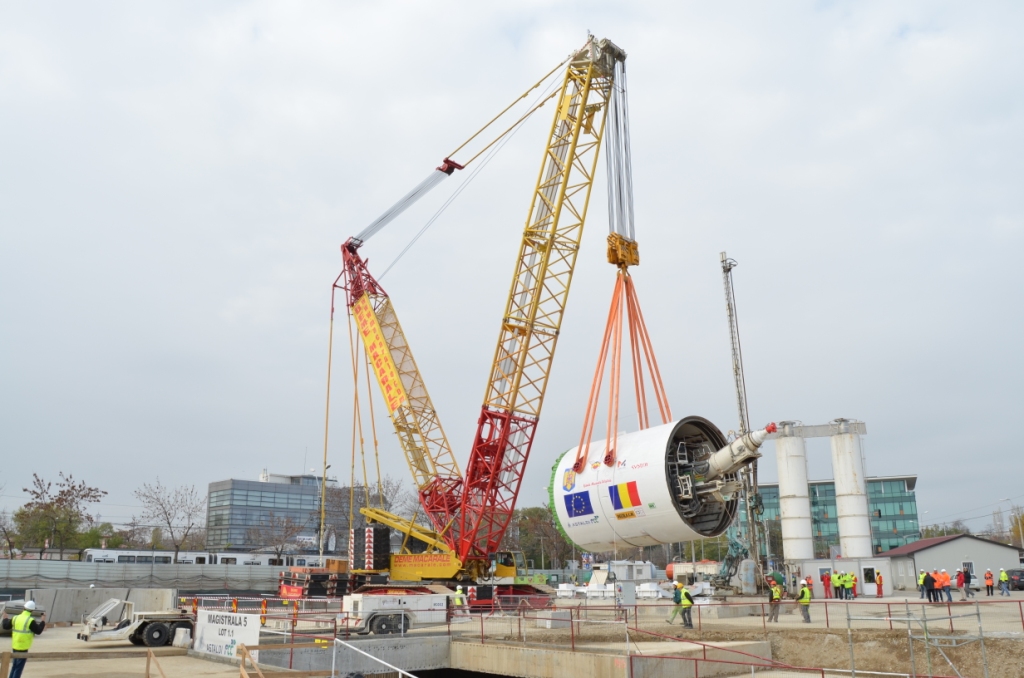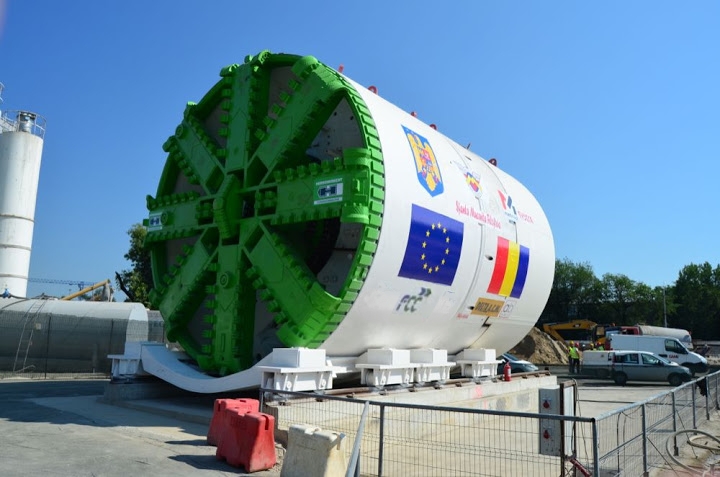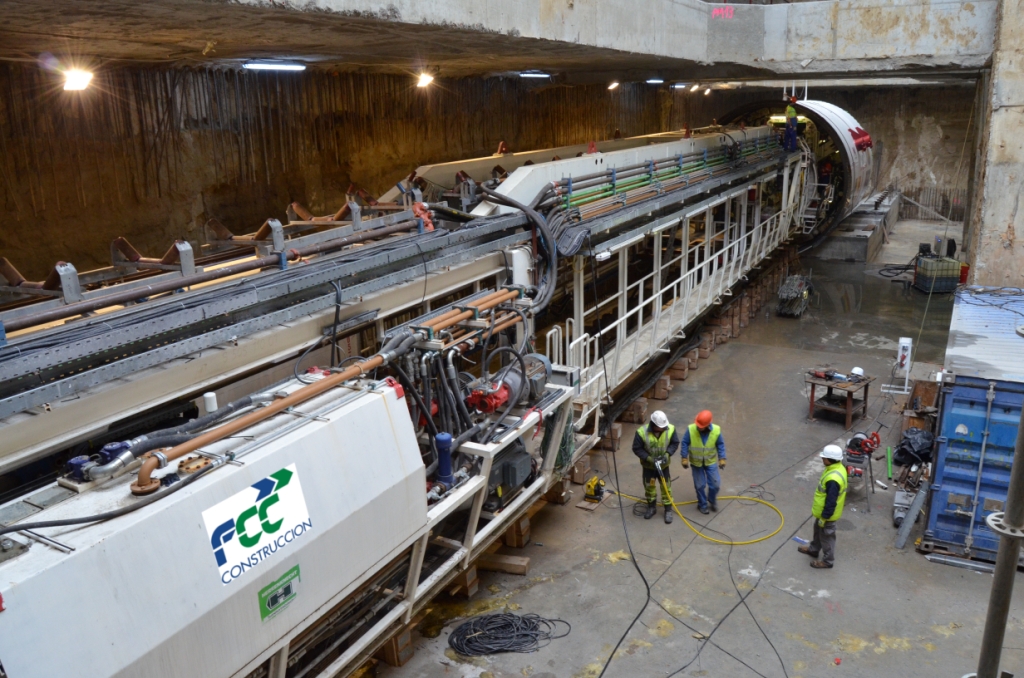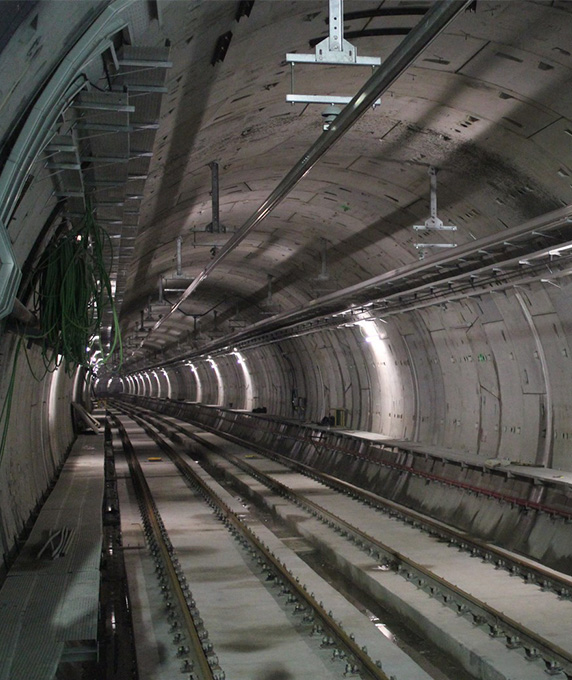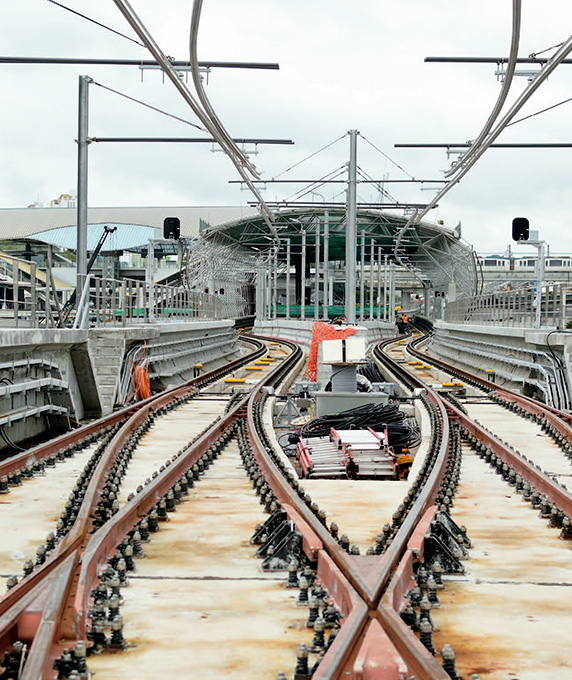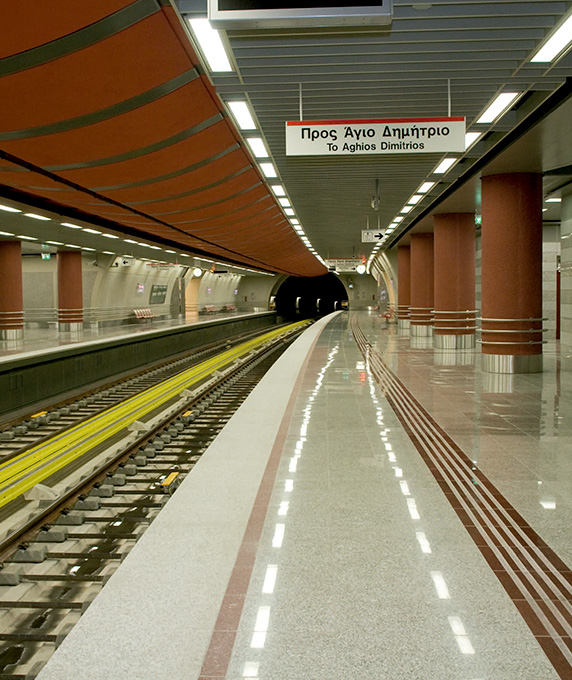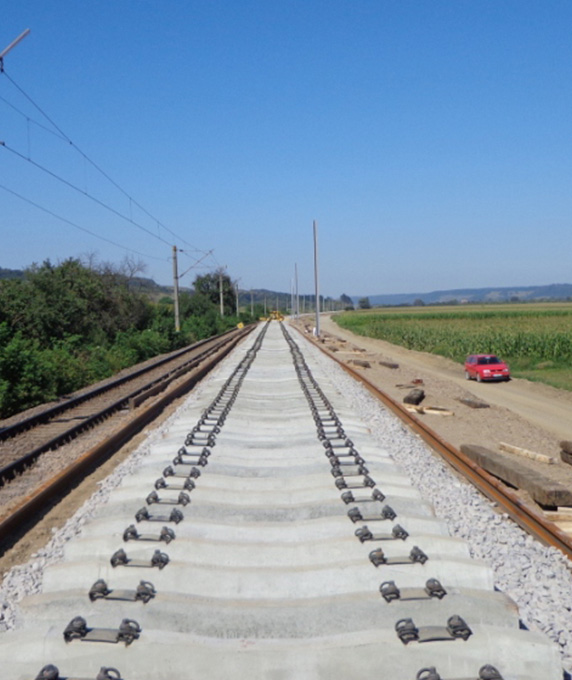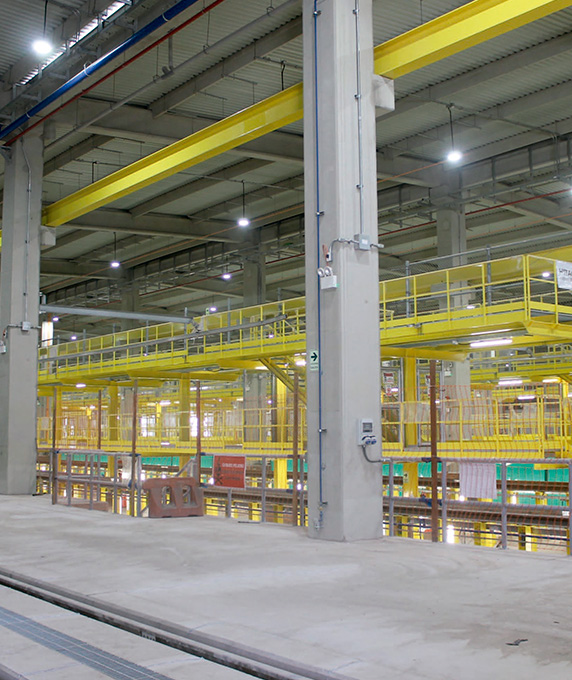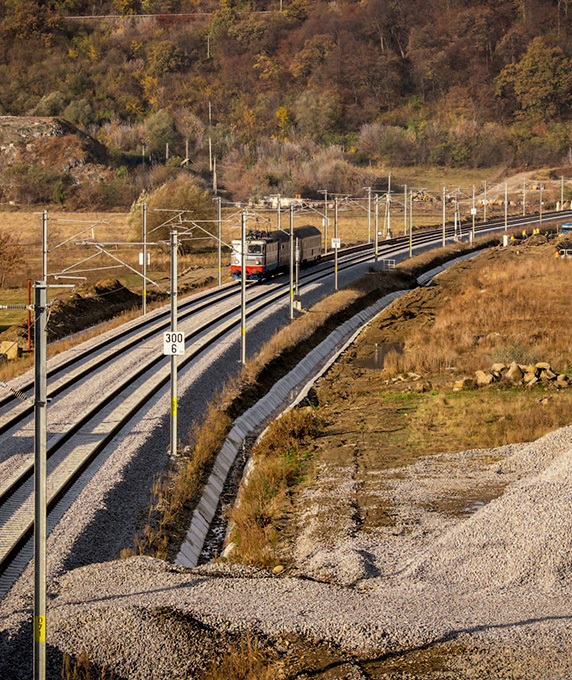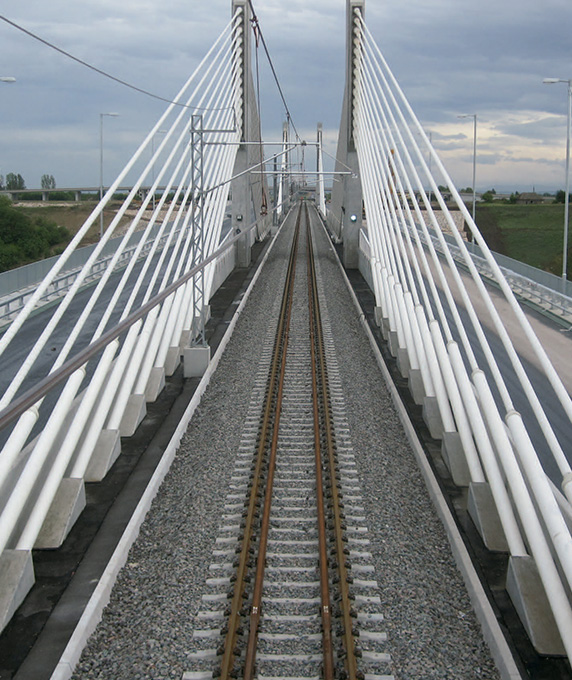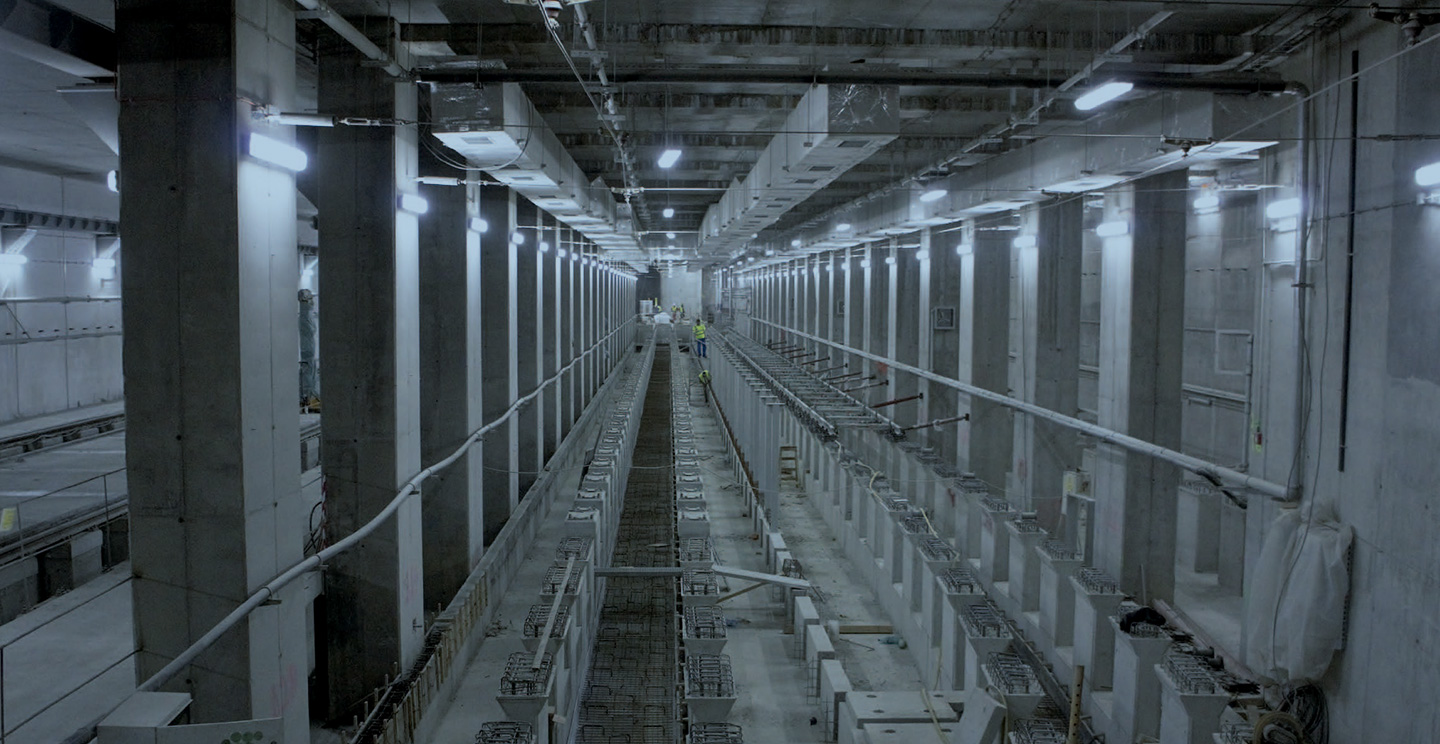
Type of work
Railways
Line 5 of The Bucharest Metro
Romania
6.1 km
total long
9
underground stations
Description
This is the execution of section 1 of Line 5 of the Bucharest Metro, between the Raul Doamnei and Hasdeu stations.
The project involves the renovation and improvement of the Bucharest metro network.
It includes the civil works required in the execution of this section, which is 6.1 kilometres long, the construction of nine stations, together with the surface works required for returning the various roadways affected by works execution to their original state.
The route has two parallel tunnels of 3.8 and 4.0 kilometres and 5.7-metre inside diameter, together with a 260-metre long third tunnel that connects lines 1 and 5 at Eroilor Station, which has been executed using 6.60-metre excavation diameter EPB-type TBMs and lined with 30-cm thick voussoir rings. The total volume excavated by the TBM is approximately 260,000 cubic metres.
The stations (Raul Doamnei, Brancusi, Romancierilor, Parc Drumul Taberei, Drumul Taberei 34, Favorit, Orizont, Academia Militara and Eroilor 2) are all underground, with depths of between 15 and 20 metres and on two levels with the exception of Academia Militara Station, which has three. Eroilor 2 Station has been executed with the works required for its inter-connection with the existing station that currently provides lines 1 and 3 services. The lengths of the various stations are between 125 and 380 metres, together with interior widths of 16 to 27 metres.
Because of the ground characteristics, the proximity of other buildings and other existing structural elements, various treatments are proposed to improve and protect the ground, such as compensation and consolidation injections, and jet-grouting cut-off walls.
Highlights
It was the first transport infrastructure in Europe put at the service of the citizen other than Covid-19.
